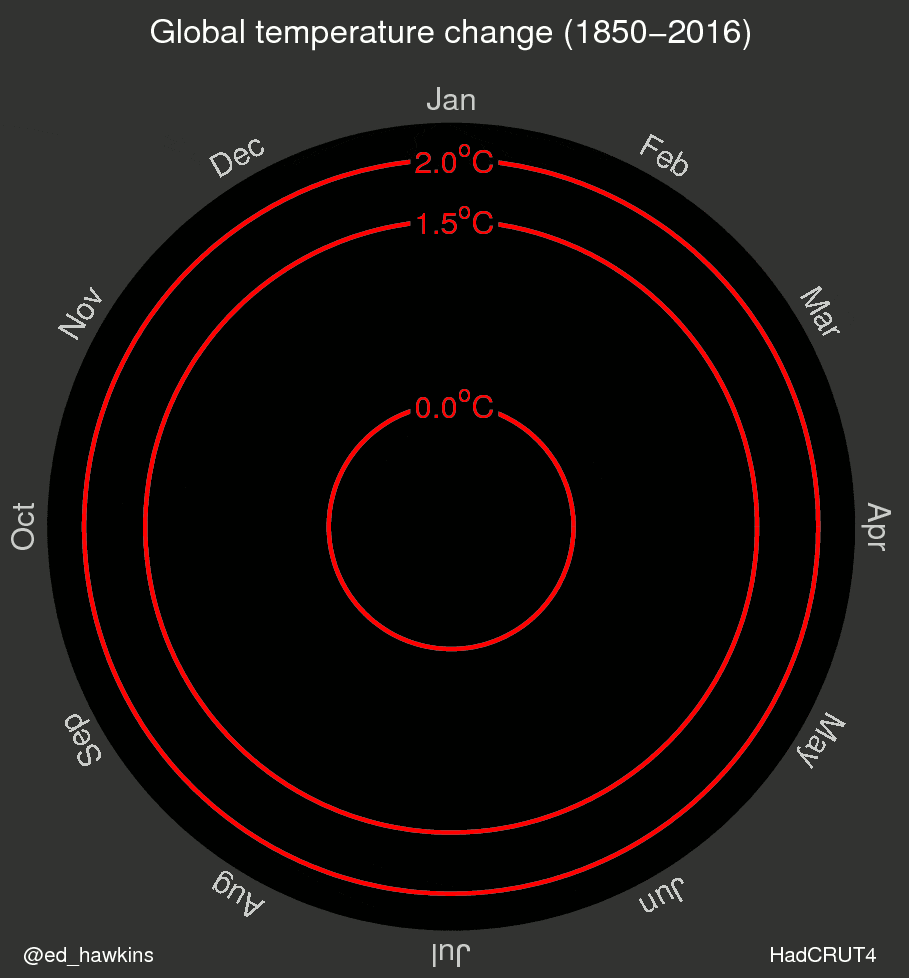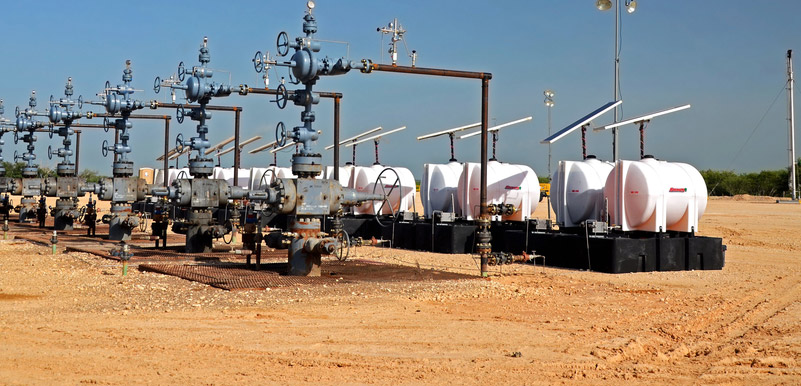
Photo by Jeremy Buckingham | CC BY 2.0
It’s January, yet methane hydrates in the Arctic are growling like an incensed monster on a scorching hot mid-summer day. But, it is January; it’s winter, not July!
On January 1st Arctic methane at 2,764 ppb spiked upwards into the atmosphere, which, according to Arctic News: “Was likely caused by methane hydrate destabilization in the sediments on the seafloor of the Arctic Ocean.” (Source: Unfolding Arctic Catastrophe, Arctic News, January 2, 2017) Once again, with emphasis, it’s January; it’s winter, and there’s little or no sunshine above the Arctic Circle. So, what gives? Why are alarming levels of methane spewing into the atmosphere in the dead of winter?
For starters, record low sea ice volume, which has been dropping like a leaden weight for years because of human-generated (anthropogenic) global warming. That’s a recipe for trouble, big time trouble as methane hydrates (lattices of ice that entrap methane molecules) get exposed to warmer water. In that regard, average sea ice volume throughout 2017 was at record lows.
Making matters worse yet, extraordinarily warm water currents flow into the Arctic from nearby ocean waters that have been absorbing 90% of global warming. Ergo, Arctic water in thin ice does not cool down without a lot of thick ice to melt the warm water currents. So, abnormally warm water remains into winter months and, in time, reaches sediments at the bottom of the ocean, disrupting methane hydrates, which have stored tonnes of methane over millennia. However, in due course, all hell breaks loose with large-scale methane eruptions, one of those “Naw, it can’t be happening” moments.
Here’s the problem: On average, sea surface temps were 23.35°F warmer during the period October 1 to December 30, 2017 compared to the 30-year average temperature. On October 25th, the sea surface was as warm as 63.5°F.
…click on the above link to read the rest of the article…













